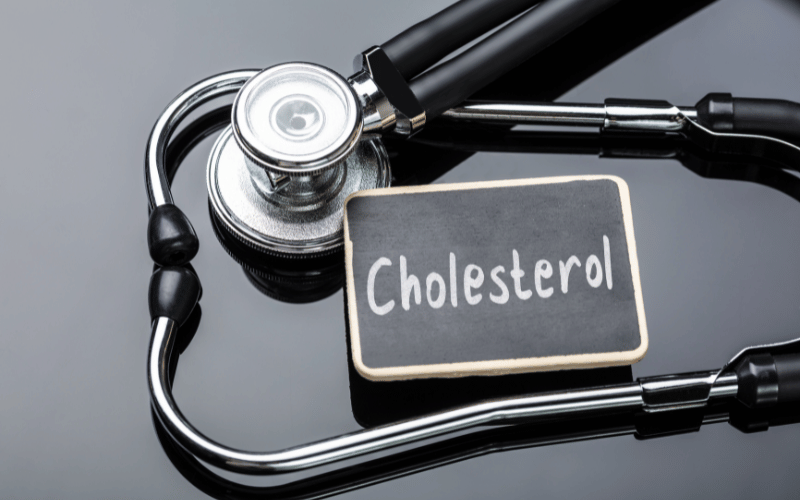Introduction: Delving into the Causes of Gallstones
Gallstones, the small yet formidable formations within the gallbladder, present a complex and intriguing medical puzzle. These crystalline structures, which can vary in size from a grain of sand to as large as a golf ball, may go unnoticed until they become a source of acute discomfort or trigger serious health complications. The journey to understanding gallstones begins with an exploration of their multifaceted origins, encompassing a spectrum of dietary, lifestyle, and genetic factors.

At the heart of gallstone formation lies the intricate balance of substances in the bile, such as cholesterol, bile salts, and bilirubin. An imbalance in these components often leads to the crystallization process that forms gallstones. This imbalance can be influenced by various factors, from the foods we eat to the efficiency of our metabolic processes. Diets high in cholesterol and low in fiber, for instance, have been linked to increased gallstone risk, emphasizing the critical role of nutritional habits in gallbladder health.
Lifestyle factors also play a significant role. Sedentary habits, rapid weight loss, and certain medication use can alter the composition of bile, paving the way for gallstone development. Additionally, individuals with obesity or those undergoing rapid weight changes are at a heightened risk, pointing to the interconnectedness of body weight and gallbladder function.
Moreover, genetics and family history cannot be overlooked. A genetic predisposition to gallstones can significantly elevate one’s risk, suggesting that hereditary factors play a key role in their development. This aspect brings a personalized dimension to gallstone prevention and management, highlighting the importance of understanding one’s family medical history.
As we delve deeper into the causes of gallstones, this article aims to provide a detailed and insightful guide into their formation. By examining the interplay of dietary choices, lifestyle factors, and genetic predispositions, we aim to shed light on this common, yet often misunderstood, medical condition. This exploration not only serves to educate but also empowers individuals with the knowledge to potentially prevent or manage gallstones effectively.
1. Excessive Cholesterol in Bile: A Leading Cause of Gallstones

The formation of gallstones is often initiated by an excess of cholesterol in the bile, a condition known as cholesterol supersaturation. This imbalance is the result of the liver producing more cholesterol than the bile can dissolve. The excess cholesterol eventually crystallizes, forming gallstones. Several factors contribute to this condition, including dietary habits, body weight, genetics, and liver health.
Dietary choices play a significant role in managing cholesterol levels in the body. Consuming foods high in saturated fats and cholesterol increases the risk of gallstone formation. On the other hand, a diet rich in fiber from fruits, vegetables, and whole grains can help maintain a healthier balance of cholesterol in the bile.
Body weight, particularly obesity, is closely linked to higher cholesterol levels in bile, thereby elevating the risk of gallstones. The liver, responsible for processing fats and producing bile, can become overwhelmed by excessive body fat, leading to an imbalance in bile composition. Interestingly, rapid weight loss can also trigger gallstone formation as the body releases extra cholesterol into the bile during fat breakdown.
Genetic factors also influence how the body metabolizes cholesterol. Individuals with a family history of gallstones are more likely to experience imbalances leading to their formation. This highlights the importance of understanding one’s genetic predisposition to gallstone formation.
Overall, cholesterol imbalance in the bile is a multifaceted issue influenced by a combination of dietary, lifestyle, and genetic factors. Recognizing and addressing these factors is crucial for those seeking to minimize their risk of developing gallstones. (1)